Matter energy and information.
Shared with Dropbox.
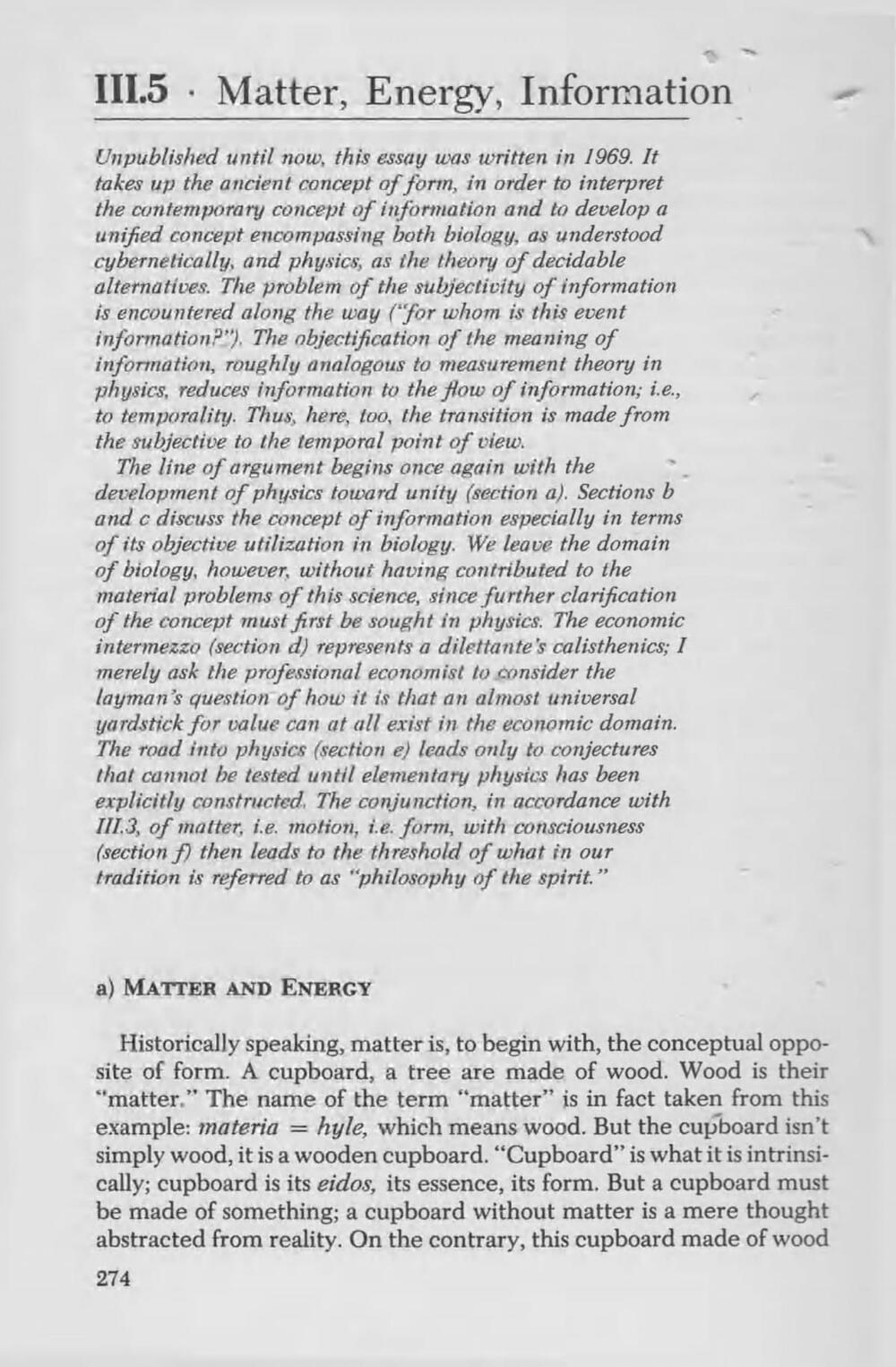
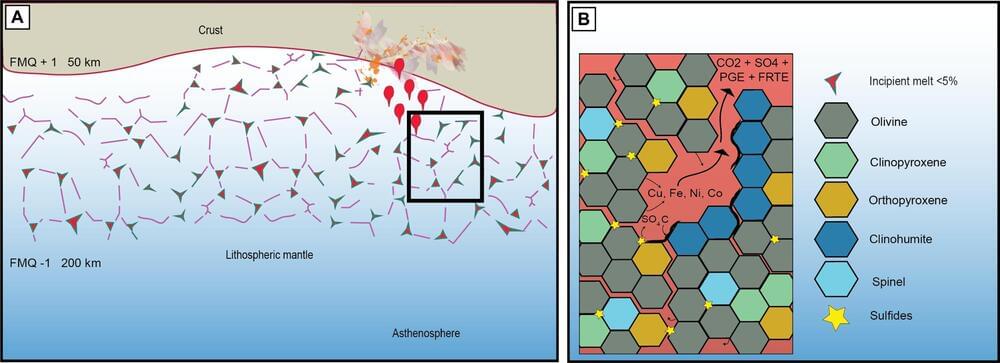
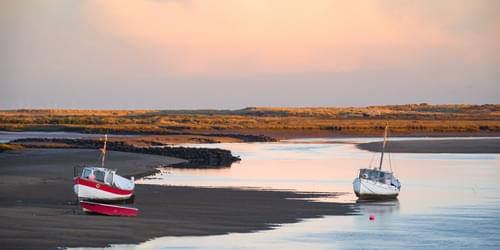
A new gravimeter is compact and stable and can detect the daily solar and lunar gravitational oscillations that are responsible for the tides.
Gravity measurements can help with searches for oil and gas or with predictions of impending volcanic activity. Unfortunately, today’s gravimeters are bulky, lack stability, or require extreme cooling. Now researchers have demonstrated a design for a small, highly sensitive gravimeter that operates stably at room temperature [1]. The device uses a small, levitated magnet whose equilibrium height is a sensitive probe of the local gravitational field. The researchers expect the design to be useful in field studies, such as the mapping of the distribution of underground materials.
Several obstacles have impeded the development of compact gravimeters, says Pu Huang of Nanjing University in China. Room-temperature devices generally use small mechanical oscillators, which offer excellent accuracy. However, they are made from materials that exhibit aging effects, so these gravimeters can lose accuracy over time. Much higher stability can be achieved with superconducting devices, but these require cryogenic conditions and so consume lots of power and are hard to use outdoors.
A University of Alberta researcher may have just invented a feature that will make homes more affordable and energy-efficient.
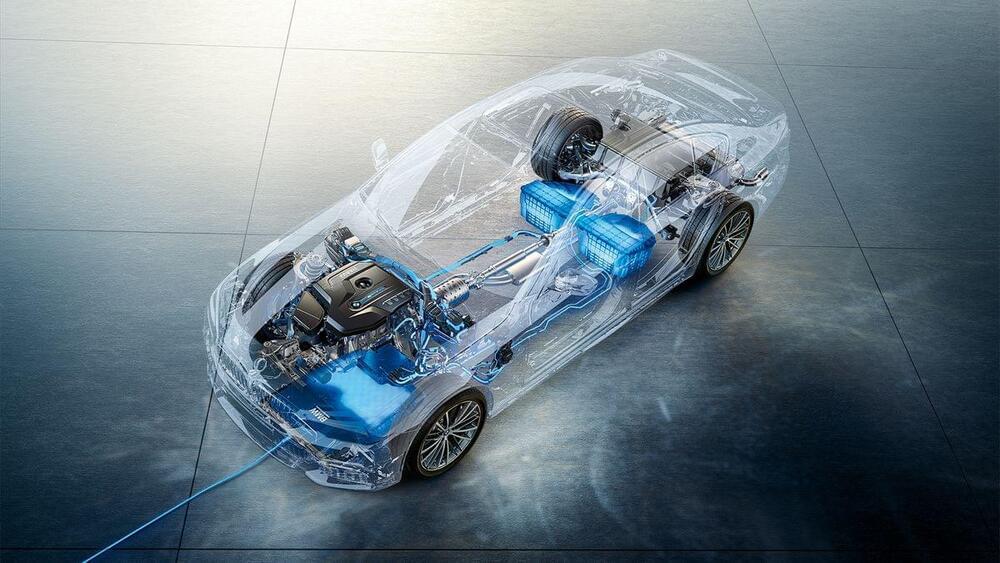
Using LFP batteries, Yotta Energy has eliminated the need to install a separate battery pack and the extra wiring that it needs.
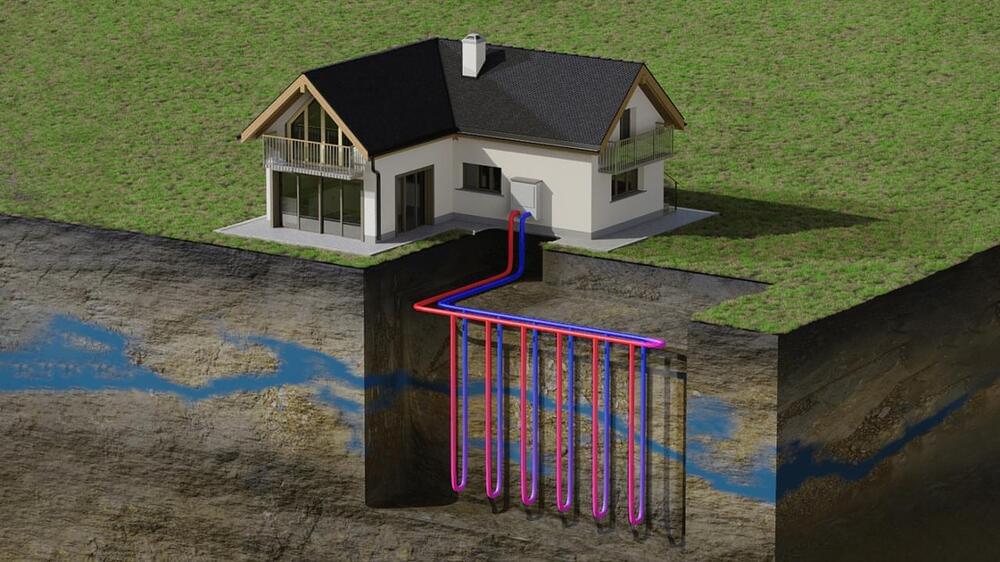
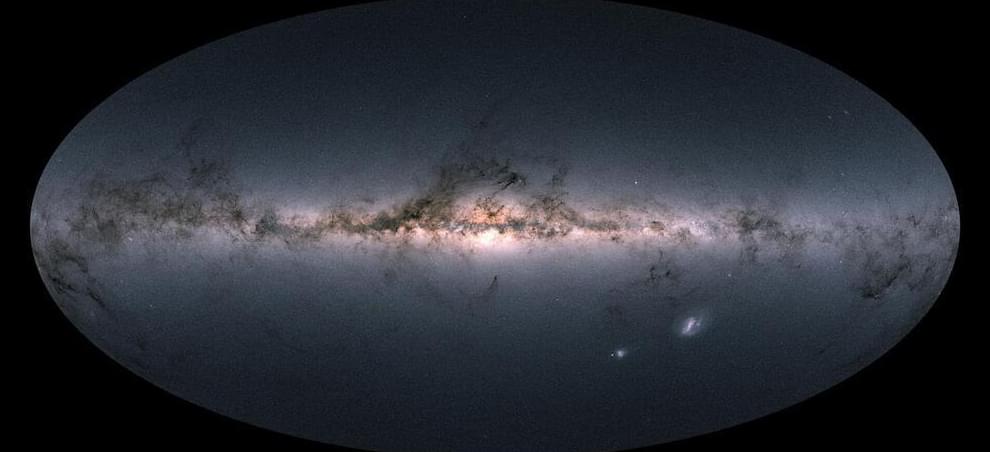
Open any astronomy textbook to the section on white dwarf stars and you’ll likely learn that they are “dead stars” that continuously cool down over time. New research published in Nature is challenging this theory, with the University of Victoria (UVic) and its partners using data from the European Space Agency’s Gaia satellite to reveal why a population of white dwarf stars stopped cooling for more than eight billion years.
“We discovered the classical picture of all white dwarfs being dead stars is incomplete,” says Simon Blouin, co-principal investigator and Canadian Institute of Theoretical Astrophysics National Fellow at UVic.
“For these white dwarfs to stop cooling, they must have some way of generating extra energy. We weren’t sure how this was happening, but now we have an explanation for the phenomenon.”
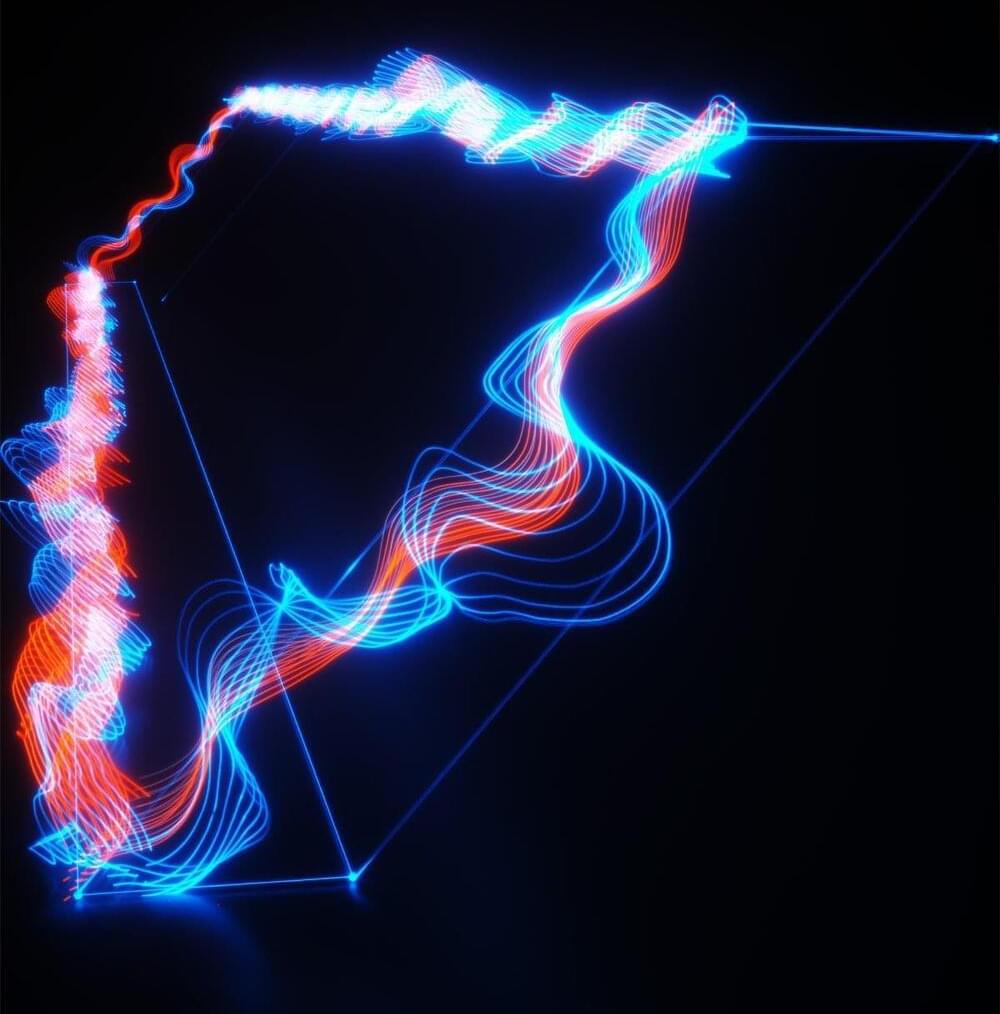
In a novel experiment, physicists have observed long-range quantum coherence effects due to Aharonov-Bohm interference in a topological insulator-based device. This finding opens up a new realm of possibilities for the future development of topological quantum physics and engineering. This finding could also affect the development of spin-based electronics, which may potentially replace some current electronic systems for higher energy efficiency and may provide new platforms to explore quantum information science.
The research, published in Nature Physics, is the culmination of more than 15 years of work at Princeton. It came about when Princeton scientists developed a quantum device — called a bismuth bromide (α-Bi4Br4) topological insulator — only a few nanometers thick and used it to investigate quantum coherence.
Scientists have used topological insulators to demonstrate novel quantum effects for more than a decade. The Princeton team developed their bismuth-based insulator in a previous experiment where they demonstrated its effectiveness at room temperature. But this new experiment is the first time these effects have been observed with a very long-range quantum coherence and at a relatively high temperature. Inducing and observing coherent quantum states typically requires temperatures near absolute zero on artificially designed semiconducting materials only in the presence of strong magnetic fields.
Anyone considering a rooftop solar system will have a lot to like about Texas-based Yotta Energy’s innovation.
Interestingly, it’s what the setup doesn’t include that could be most game-changing for the small-and medium-sized businesses targeted by the company, per a CleanTechnica report.
There’s no extra land area needed for energy storage — and no trenching, no structure, and no foundation, either. Owners won’t need landscaping, fencing, or aesthetics. And there’s no cause for extra building and electrical permits for a big battery.